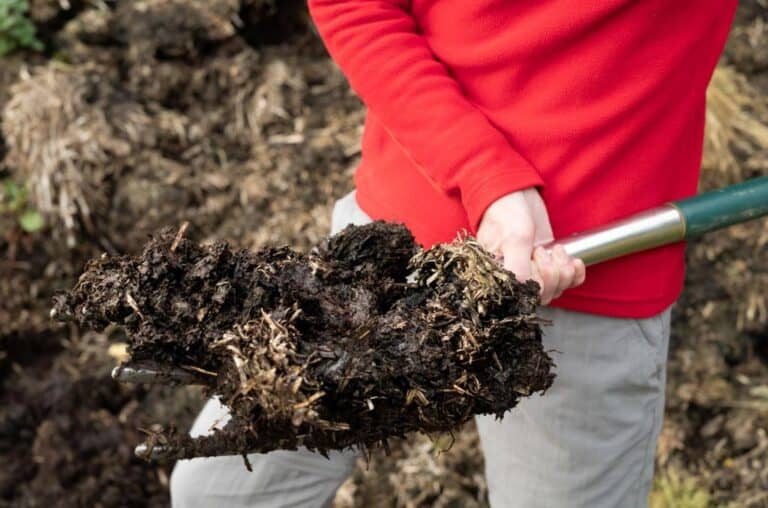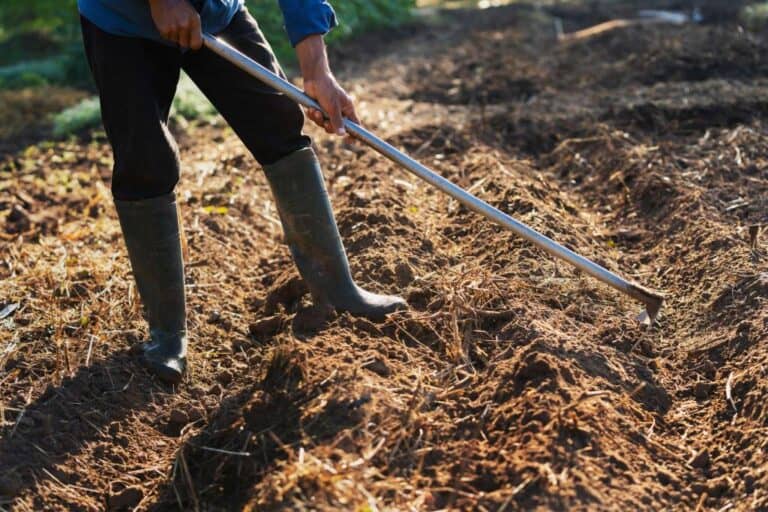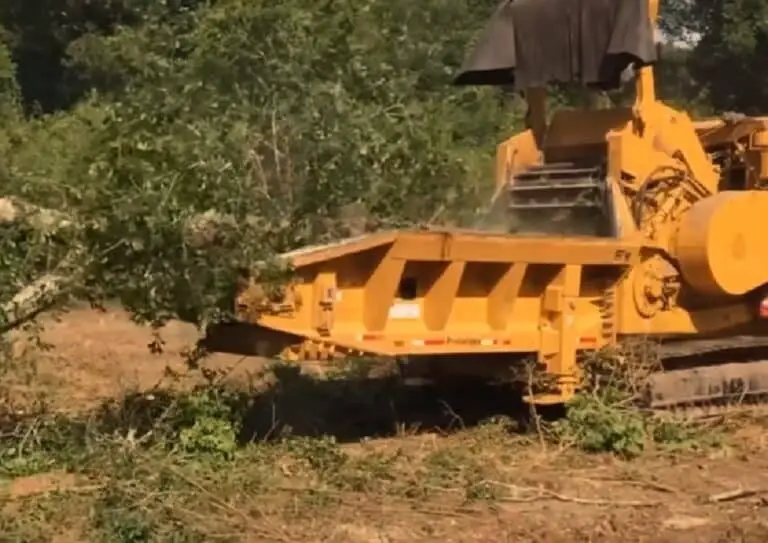Disadvantages Of Humus In Soil: How Humus Can Hurt Your Garden
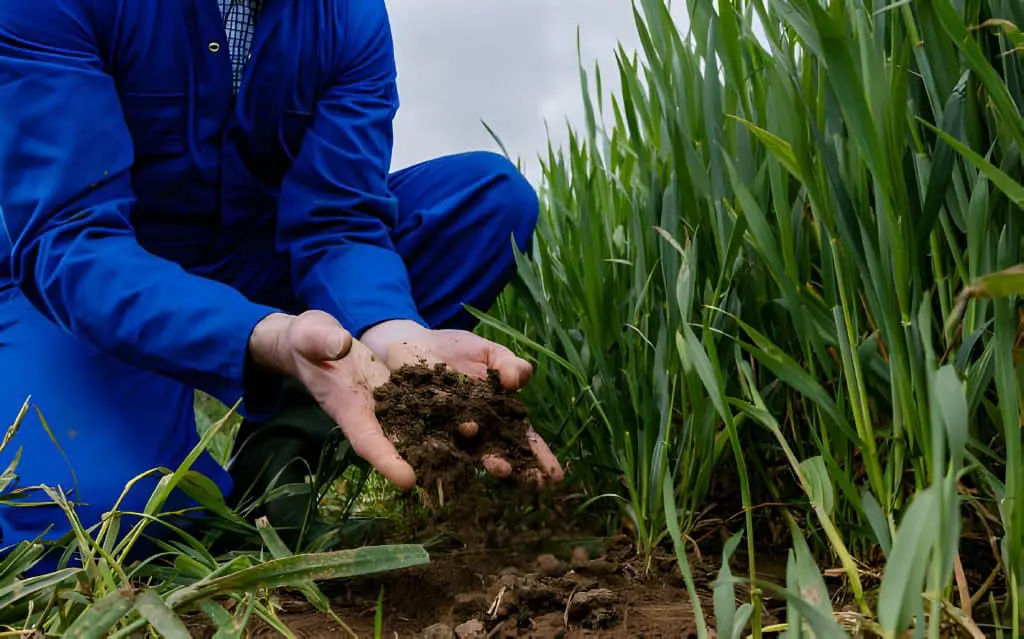
Humus, often lauded as the cornerstone of fertile soil, plays a crucial role in gardening and agriculture. It is the dark, organic material that forms when plant and animal matter decays. It adds to soil structure, water retention, and nutrient content.
However, humus has many benefits. But, it can sometimes have challenges and disadvantages. These can hurt your garden. Are you aware of the potential disadvantages of humus in your garden soil? While humus is typically praised for its ability to improve soil structure and fertility, there are situations where it can have negative effects on your plants.
In this article, we’ll explore the drawbacks of humus in soil and how it can impact your garden. Whether you’re experienced or just starting, this article will give you valuable insights into soil management.
Understanding Humus
But first, we must understand humus. What is it and why is it usually seen as good? Humus is composed of decomposed organic matter, such as leaves, plant debris, and animal waste.
It is rich in nutrients, helps retain moisture, and improves soil structure by enhancing aeration and drainage. The presence of humus in soil is typically a sign of good soil health and fertility.
Disadvantages Of Humus In Soil
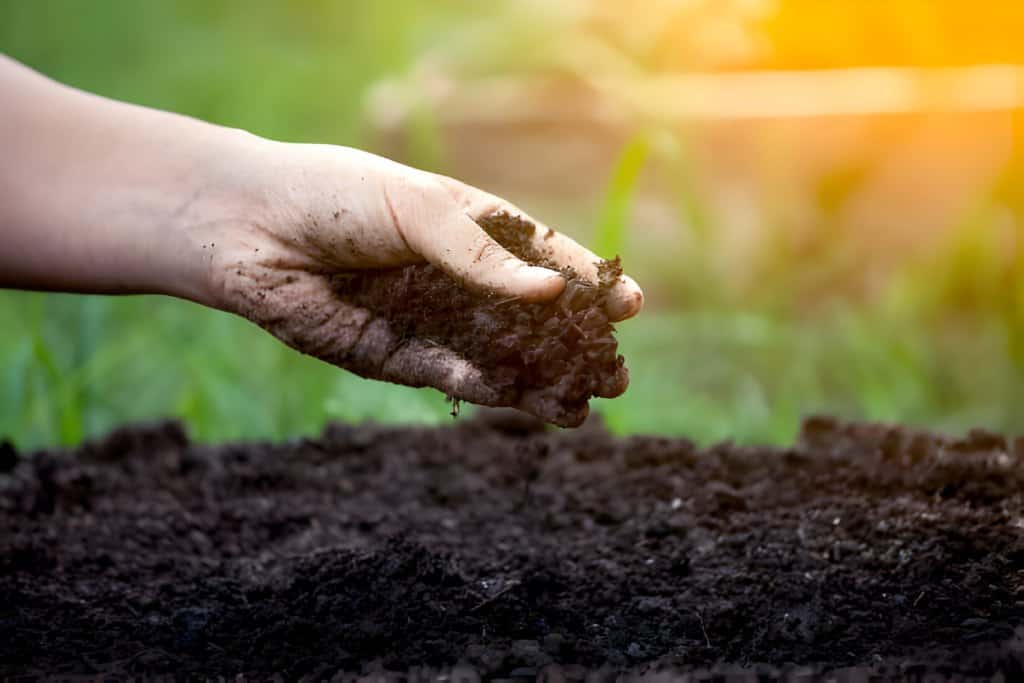
Humus, despite its benefits, can present several disadvantages when overly abundant in soil. Below are some major concerns about the negative effects of using soil in your garden:
1. Excessive Humus and Nutrient Imbalance
One of the primary disadvantages of humus in soil is the potential for nutrient imbalance. Humus is rich in key nutrients, like nitrogen, phosphorus, and potassium. But, too much humus can cause too many of these nutrients.
This imbalance can cause problems for plants, leading to nutrient toxicity or poor growth.
For example, excessive nitrogen from too much humus can promote lush foliage at the expense of fruit and flower production. It can also lead to the loss of other key nutrients. These include calcium and magnesium. This loss disrupts the overall nutrient balance in the soil.
Table: Nutrient Imbalance Symptoms
| Nutrient | Excess Symptoms | Deficiency Symptoms |
| Nitrogen | Excessive leaf growth, weak stems | Yellowing leaves, stunted growth |
| Phosphorus | Leaf discoloration, poor root development | Poor flowering, dark green foliage |
| Potassium | Burnt leaf edges, poor root health | Yellowing leaves, weak stems |
| Calcium | Leaf curl, blossom-end rot | Poor root development, leaf tip burn |
| Magnesium | Interveinal chlorosis (yellowing) | Leaf curling, slow growth |
2. Over-Retained Moisture
While humus improves soil’s water retention, too much humus can lead to overly moist soil conditions. This excessive moisture can create an environment conducive to root rot, fungal infections, and other soil-borne diseases. Succulents and many herbs like well-drained soil. They can suffer in overly humus-rich soil. This can lead to poor growth or even plant death.
3. Soil Structure Issues
Humus is great for improving soil structure. But, if there’s too much, it can alter the soil’s texture too much. Soils with too much humus can become overly loose and friable, reducing their ability to anchor plant roots firmly. Strong winds or heavy rains may be able to uproot plants more easily as a result of this. Additionally, overly loose soil can lead to erosion problems, especially on slopes or in areas with heavy rainfall.
4. pH Imbalances
Another potential disadvantage of humus is its effect on soil pH. Humus is typically slightly acidic, and adding large amounts of it can lower the soil pH, making the soil more acidic. This change in pH can negatively affect plants that prefer neutral or alkaline conditions. Acidic soils can also limit the availability of certain nutrients, such as phosphorus and molybdenum, further complicating plant nutrition.
Table: Ideal pH Ranges for Common Plants
| Plant Type | Ideal pH Range |
| Vegetables | 6.0 – 7.0 |
| Fruits | 5.5 – 6.5 |
| Ornamental Flowers | 6.0 – 7.5 |
| Herbs | 6.0 – 7.5 |
| Acid-Loving Plants | 4.5 – 5.5 |
5. Leaching of Nutrients
In rich soils with lots of organic matter, especially those with abundant humus, nutrients are at high risk of washing away from roots when exposed to heavy rain or too much watering.
This natural process occurs as water percolates through the soil. It carries essential nutrients like nitrogen, phosphorus, and potassium downward, out of reach of plant roots. So, the nutrients that plants need for growth and development can be lost. This reduces the effectiveness of any fertilizers added to the soil.
The problem of nutrient leaching is exacerbated in soils saturated with humus, which holds water and nutrients more readily than other soil types. Humus helps soil fertility and structure. But, it retains water. This can lead to nutrient loss during heavy rains. This scenario is particularly concerning for gardeners and farmers striving to maintain optimal nutrient levels for their crops without over-reliance on chemical fertilizers.
6. Attracting Pests
Humus-rich soils can attract pests and pathogens. The high organic content makes a great home for many soil-borne pests. These include nematodes and diseases like damping-off, which affects seedlings. Pests like slugs and snails are also more likely to thrive in humus-rich soil. They eat decaying organic matter and young plants.
7. Carbon to Nitrogen Ratio (C:N Ratio) Concerns
The carbon to nitrogen ratio (C:N ratio) in soil is crucial for microbial activity and plant health. Humus typically has a high C:N ratio, meaning it contains more carbon relative to nitrogen. While this is beneficial for long-term soil health, it can temporarily tie up nitrogen, making it less available to plants. This nitrogen immobilization can slow plant growth. It’s especially hard for young plants that need available nitrogen.
8. Soil Temperature Regulation
An excess of humus in soil can impact its thermal properties, affecting soil temperature regulation. In cool climates, organic-rich soils may take longer to warm up in the spring. This delays planting and could harm crops.
| Read: Why Does Topsoil Have More Humus and Organic Richness Than Subsoil? |
Managing the Disadvantages of Humus
Despite these potential drawbacks, humus remains a valuable component of healthy soil. The key is to manage its presence effectively to mitigate any negative impacts when adding humus to soil. Here are some strategies for managing humus in your garden:
- Regular Soil Testing: Conduct soil tests to monitor nutrient levels and pH regularly. This helps in identifying any imbalances caused by excessive humus.
- Balanced Composting: Use a mix of green (nitrogen-rich) and brown (carbon-rich) materials. This prevents high C:N ratios.
- Adequate Drainage: Improve soil drainage. Do this by mixing in materials like sand or perlite. This is especially important in areas that hold water.
- Appropriate Plant Selection: Choose plants that thrive in the soil conditions created by humus. Acid-loving plants, for instance, will benefit from the slightly acidic environment.
- Integrated Pest Management (IPM): Use IPM strategies to manage pests and diseases that thrive in humus-rich soils. This includes biological controls, habitat manipulation, and the use of resistant plant varieties.
Conclusion
Humus plays a vital role in creating fertile, healthy soil, but it’s not without its challenges. Too much humus can cause nutrient imbalances and overly wet soil. It can also harm soil structure and pH, attract pests, and create carbon to nitrogen issues. By understanding these downsides and managing them well, gardeners can get the benefits of humus. They can do this while minimizing its drawbacks.
Incorporating humus into your soil management practices requires a balanced approach. Regular soil testing is crucial. So are proper composting techniques and careful plant selection. They are key for creating a thriving garden. Remember, humus is key to fertile soil. But, moderation and proper management are crucial. They ensure it helps, not hinders, your gardening.


